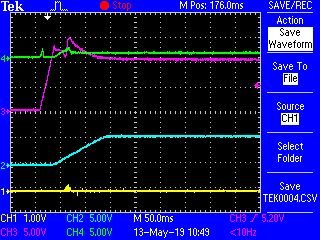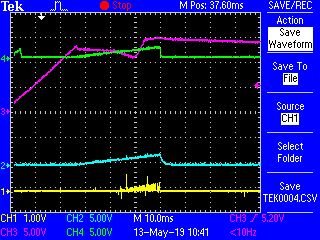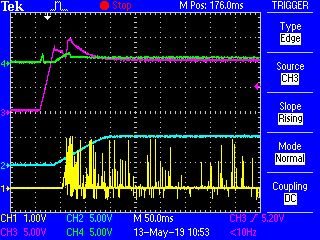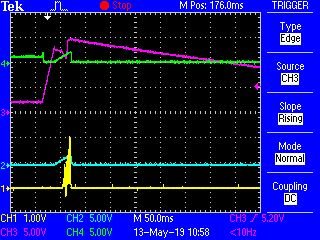Other Parts Discussed in Thread: UCC28600
We've designed the flyback converter shown on the attached schematic. It takes 85-265 VAC input and should provide 90VDC at 1A. We cannot seem to get anywhere near full current out of it. The other thing we've noticed is that occasionally, it will not start and remains in hiccup mode. This is especially true when the DC bus capacitor has not completely discharged.SMPS.pdf





